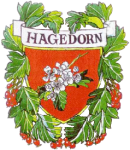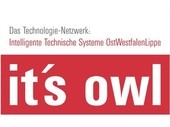Online Identification Algorithms for Integrated DEAP Sensors and Self-sensing Concepts
Transducers based on dielectric electroactive polymers (DEAP) use electrostatic pressure to convert electric energy into strain energy or vice versa. Besides this, they are also designed for sensor applications in monitoring the actual stretch state on the basis of the deformation dependent capacitive–resistive behavior of the DEAP. In order to enable an efficient and proper closed loop control operation of these transducers, e.g. in positioning or energy harvesting applications, on the one hand, sensors based on DEAP material can be integrated into the transducers and evaluated externally, and on the other hand, the transducer itself can be used as a sensor, also in terms of self-sensing. For this purpose the characteristic electrical behavior of the transducer has to be evaluated in order to determine the mechanical state. Also, adequate online identification algorithms with sufficient accuracy and dynamics are required, independent from the sensor concept utilized, in order to determine the electrical DEAP parameters in real time. Therefore, in this contribution, algorithms are developed in the frequency domain for identifications of the capacitance as well as the electrode and polymer resistance of a DEAP, which are validated by measurements. These algorithms are designed for self-sensing applications, especially if the power electronics utilized is operated at a constant switching frequency, and parasitic harmonic oscillations are induced besides the desired DC value. These oscillations can be used for the online identification, so an additional superimposed excitation is no longer necessary. For this purpose a dual active bridge (DAB) is introduced to drive the DEAP transducer. The capabilities of the real-time identification algorithm in combination with the DAB are presented in detail and discussed, finally.
Link zu dem Artikel




























































